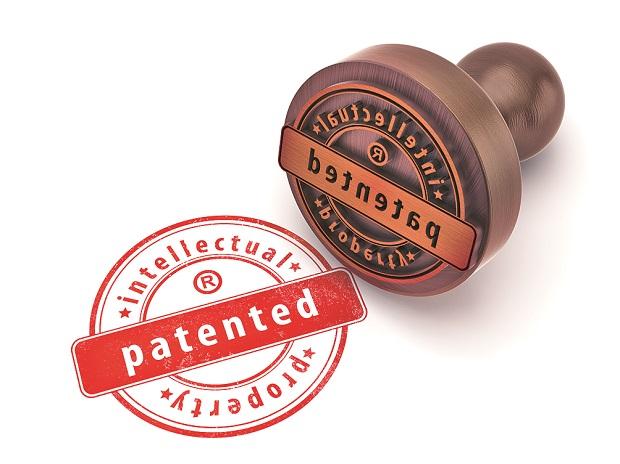According to a recent study by tech industry body Nasscom, the average pendency time for a final decision on patent applications in India was around 50 months, as per the latest data of 2021. The pendency time in India is three times more compared to Japan.
“Big companies have a team of well-experienced internal legal teams. This gives them an advantage over small startups right from the stage of invention disclosure. For us, it took around a month to get our application vetted by our lawyer. For technologies like semiconductor security, raising the level of expertise at all levels,” he said.
“Since infringers cannot be sued while a patent application is pending, delayed processing can be economically detrimental. Small organizations are likely to feel the heat more than large entities. Consequently, innovation is negatively impacted,” Robinson said. He added that the period of patent prosecutions gradually shortened after the enactment of Patents (Amendment) Rules 2016.
“It is interesting to note that, per publicly available information, as of 2020, there were more than 160,000 pending patent applications in India with only 858 examiners available to cater to the same. Until 2016, the number of examiners was limited to 280. However, the recent trends show that the Indian Patent Office is actively training and hiring young patent personnel for a more vigorous patent processing ecosystem,” said Bharadwaj Jaishankar, Partner at IndusLaw.
Total patent filings in India grew 13.6 per cent year on year in FY2022 – the highest annual increase in the last decade, according to Nasscom’s study. More than 50 per cent of all technology patents filed between FY2010 and FY2022 came from emerging technologies like AI, IoT, Big Data, Cybersecurity, and Blockchain.
Out of some 584,000 patents filed in India between FY2010 and FY2022, 266,000 were from the technology sector. Pattern analysis and image analysis has emerged as an important area in patent applications, accounting for over 28 per cent. Several Blockchain-related patents witnessed the highest CAGR of 25 per cent during the 12 years.
According to Jaishankar, streamlining the patent examination process by bringing in stringent deadlines and compliance rules can also be a boon for the applicants. A provision for expedited processing of patent applications similar to the one available at the US Patent Office could ensure a prioritized examination program upon payment of additional fees.
Robinson said the revamp of the patent office could focus on improving administrative practices and reducing the compliance burden on filers. “Example of this may be the requirements of Patent Cooperation Treaty (PCT) filings. Under the treaty, only a fee needs to be paid to make a valid national phase entry. Simplifying the procedure to this extent would reduce service costs for filers, and that should be welcomed.”
Note:- (Not all news on the site expresses the point of view of the site, but we transmit this news automatically and translate it through programmatic technology on the site and not from a human editor. The content is auto-generated from a syndicated feed.))



